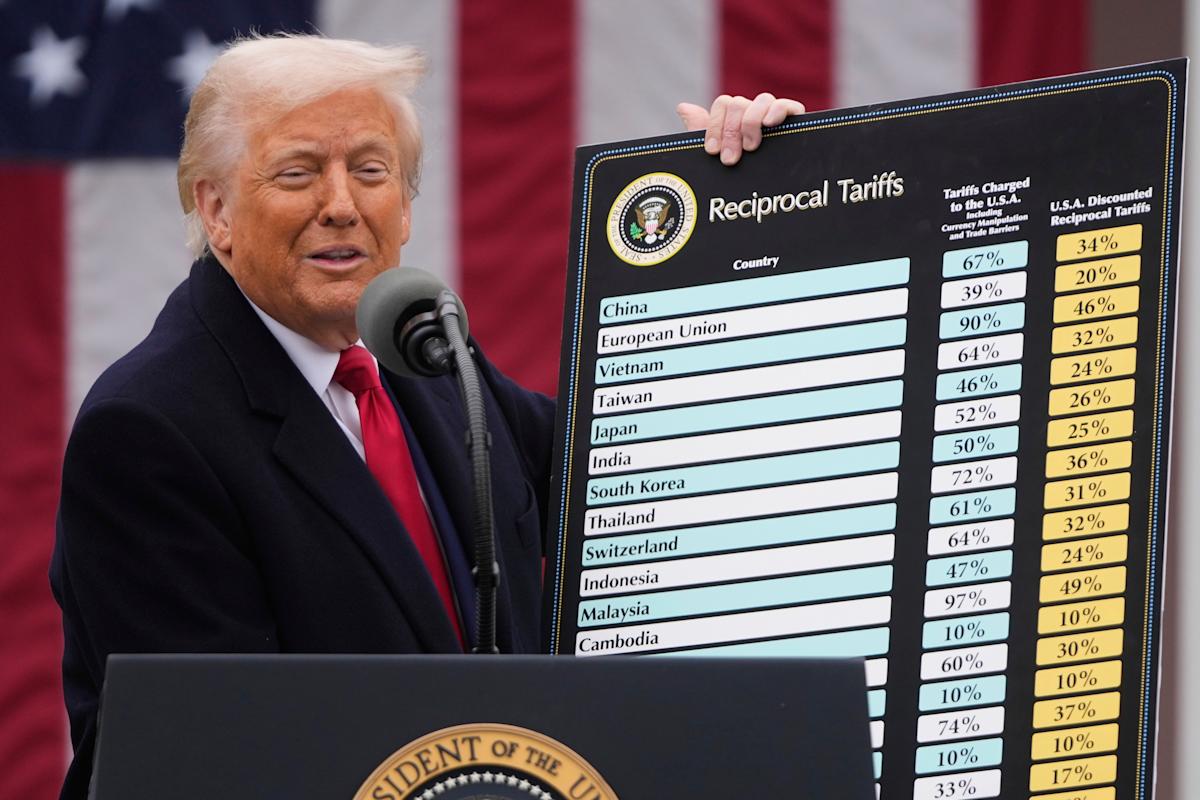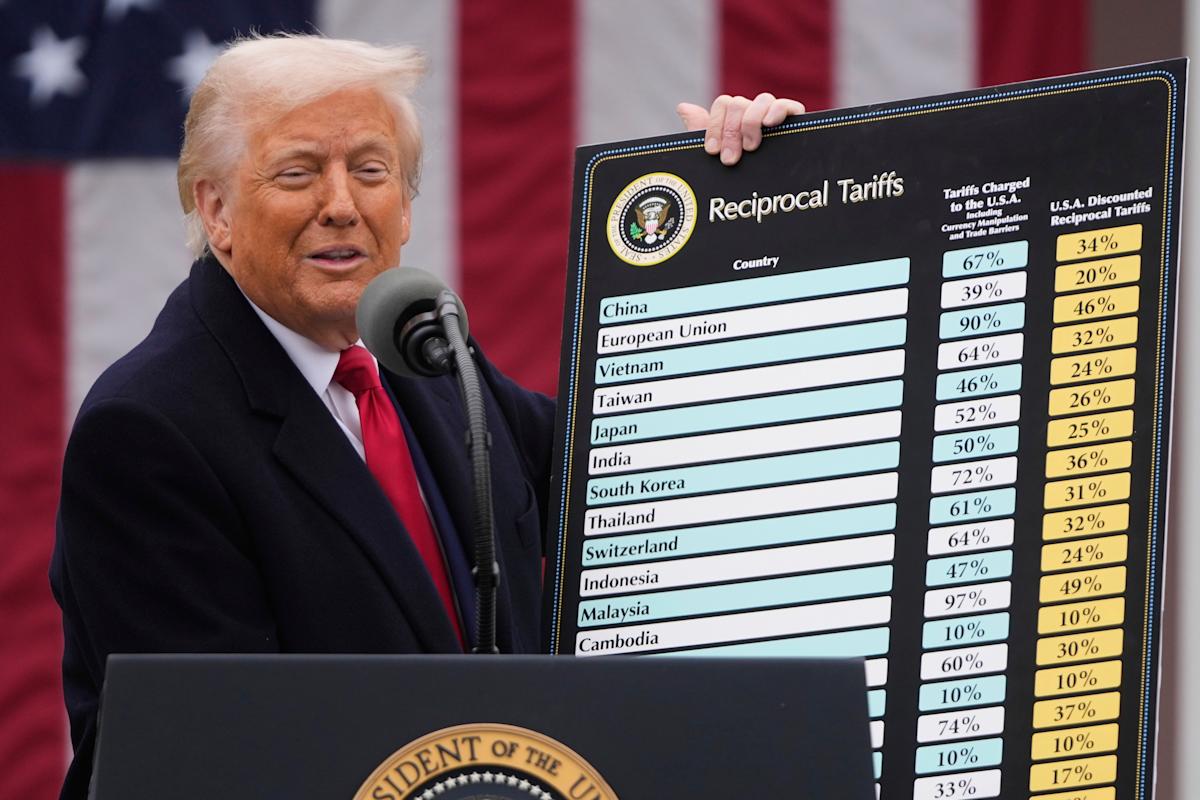## Is Europe Polestar’s Last Hope? Electric Carmaker Posts Smaller Loss, Bets on Home Turf The gaming world isn’t the only one facing a challenging landscape. In the cutthroat arena of electric vehicles, Polestar, the Swedish challenger to Tesla, is battling for survival. Recent news paints a grim picture: a smaller-than-expected loss in Q1, yes, but still a loss nonetheless. What’s their game plan? Betting big on their “home market” of Europe, it seems. But can this strategy power Polestar back to profitability, or is this a desperate gamble in a market dominated by giants? Dive in as we dissect Polestar’s latest moves and explore whether Europe holds the key to their electric future.
Polestar’s European Focus: A Strategic Play or a Last Resort?

Polestar, the Swedish electric vehicle (EV) manufacturer, has made a bold strategic shift, placing a significant emphasis on its home market of Europe. This move comes as the company grapples with a challenging global EV landscape and seeks to revive its flagging business. In its recent quarterly earnings report, Polestar revealed a smaller-than-expected first-quarter loss, partly attributable to a surge in European demand.

A Tactical Retreat or a Long-Term Vision?
While the company’s official stance is that Europe is a key growth market for Polestar, with its strong environmental focus and supportive government policies, some analysts view this move as a tactical retreat. The North American market, dominated by established EV players like Tesla, has proven to be fiercely competitive, and Polestar has struggled to gain significant traction there. Focusing on Europe, which has a more nascent EV market, might offer Polestar a better opportunity to carve out a niche and establish its brand presence.

European Government Incentives: Fueling EV Adoption
Europe’s commitment to transitioning to sustainable transportation has resulted in a plethora of government incentives aimed at boosting EV sales. These incentives include generous tax credits, subsidies for charging infrastructure, and exemption from congestion charges. These policies have created a favorable environment for EV manufacturers like Polestar, making their vehicles more affordable and appealing to consumers.
The EU’s EV Ambitions: A Potential Boon for Polestar
The European Union has set ambitious targets for EV adoption, aiming to have 30 million electric cars on the road by 2030. This bold vision creates a significant market opportunity for Polestar, which is positioning itself as a premium EV brand. The EU’s regulatory framework, which includes strict emission standards and a phasing out of internal combustion engine vehicles, further strengthens the case for Polestar’s European focus.
The Road Ahead: Can Polestar Capture Market Share?
Despite the favorable conditions in Europe, Polestar faces an uphill battle in capturing meaningful market share. The EV market is becoming increasingly crowded, with established automakers and new entrants vying for consumer attention. Polestar needs to differentiate itself from the competition and demonstrate its technological prowess and design appeal to stand out.
Reliance on European Demand: A Risky Strategy?
While Europe presents a promising opportunity, relying heavily on a single market can be a risky strategy. Economic downturns, geopolitical instability, or changes in government policies could negatively impact Polestar’s European sales. The company needs to diversify its market presence and explore opportunities in other regions, such as Asia and North America, to mitigate these risks.
Polestar’s Future: Will They Succeed in Their European Gamble?
Polestar’s success hinges on its ability to execute its European strategy effectively. This involves not only ramping up production to meet growing demand but also investing in marketing and sales channels to build brand awareness and customer loyalty. The company also needs to continuously innovate and develop new technologies to stay ahead of the competition.
Gamestanza will continue to monitor Polestar’s progress and provide insights into its performance in the European market and beyond.
Conclusion
In a bid to turn the tide, Polestar is placing its faith in its European stronghold, betting on a surge in demand from its home market to fuel its recovery. While the recently announced Q1 loss, though smaller than previous quarters, still paints a picture of financial struggle, the company’s renewed focus on Europe signals a strategic shift towards stability. This move suggests a recognition that Polestar needs to shore up its core market before expanding further afield, a lesson many automotive startups are learning as the EV landscape heats up.
The success of this strategy hinges on captivating the discerning European consumer, known for their high expectations and appreciation for quality. If Polestar can effectively leverage its strong European network and tailor its offerings to local preferences, it stands a good chance of turning the corner. This will not only be crucial for Polestar’s financial health but also for the broader image of European EV leadership. The eyes of the industry are on Polestar, as its story unfolds, it will serve as a compelling case study for navigating the complexities of the global EV market.
Will Polestar’s bet on Europe pay off? Only time will tell. But one thing is certain: the company’s resilience and strategic adaptation will be closely watched as it charts its course in the electrifying future of automobiles.